Dohány Street Synagogue
Dohány Street Synagogue: The Great Synagogue is the largest synagogue in Europe and one of the largest in the world
The Great Synagogue in Dohány street (Dohány utcai Zsinagóga) is the world’s second largest synagogue. It was built by the Neolog Jewish community of Budapest between 1854 and 1859; its architect was Ludwig Förster from Vienna, Austria. Parts of the interior were designed by Ferenc Feszl. The flat-ceiling interior can accommodate nearly 3,000: there are 1497 seats for men on the ground floor and 1472 for women on the two upper balconies.
The Dohány Street Synagogue lies at a busy traffic junction, at the corner of Wesselényi utca, Dohány utca and Károly körút. It was built in Moorish Revival style, with Byzantine and Gothic elements. The western-side facade has arched windows with stone-carved ornaments and bricks, which bear the heraldic colours of Budapest: blue, yellow and red. Next to the main entrance are two polygonal towers, each 43 metres tall, topped by copper onion domes with golden decorations. Right above the entrance, a Hebrew line reads: “make me a sanctuary and I will dwell among them” (Exodus 25,8).
The original Dohány Street Synagogue was heavily damaged by members of the pro-Nazi Arrow Cross Party in 1939. During the course of World War II, it was used as a stable for horses, an air raid shelter and communications centre for German radio operators. It was Adolf Eichmann who designated it to be a concentration point for Jews before transportation for extermination. Today, its five main parts are the Synagogue, the Jewish Museum, the Temple of Heroes, the Raoul Wallenberg Memorial Park and the Jewish Cemetery. The presence of the latter is quite unusual, as Jewish religious rules forbid the burial of the dead near places of worship. Its existence is due to the tragic events of World War II: in the extremely brutal winter of 1944-45, tens of thousands of Jews died in the Jewish Ghetto of Budapest, and over 2,000 needed to be buried in the courtyard of the Synagogue.
During the siege of Budapest, the building suffered further damage. After the war, only the most essential reconstruction works were performed, and the building was in a very bad condition during the years of Communism. It was fully renovated between 1991 and 1996; this was when the Raoul Wallenberg Memorial Park was built in the back yard of the Synagogue. The park has a weeping willow tree (Memorial of the Hungarian Jewish Martyrs) with some names of the 400,000 Hungarian Jewish victims of the Holocaust inscribed on the leaves. There are four red marble plates, commemorating 240 non-Jewish Hungarians who saved Jews during the Holocaust (“Righteous Among the Nations”).
These days, the Dohány street Synagogue is one of the most beautiful buildings and sought after tourist sights of Budapest, as well as the main Synagogue of the local Jewish community.
The Jewish Museum is a part of the Dohány street Synagogue. It has a vast collection of Judaica on display. Permanent exhibitions are: Devotional objects for Jewish celebrations; Everyday objects; History of the Hungarian Holocaust.
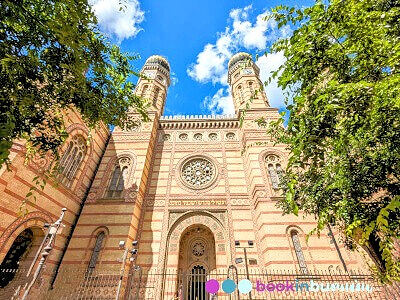
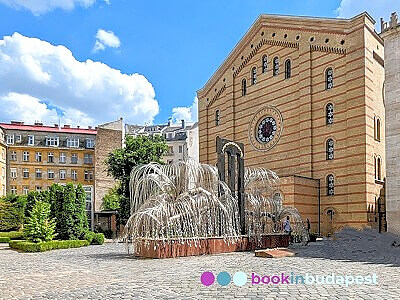
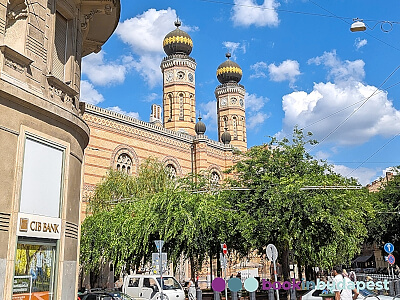
![]()
1074 Budapest, Dohány u. 2
![]()
Adults: HUF 13000, Students: HUF 10500
![]()
Monday: 10:00 – 16:00
Tuesday: 10:00 - 16:00
Wednesday: 10:00 - 16:00
Thursday: 10:00 - 16:00
Friday: 10:00 - 14:00
Saturday: Closed
Sunday: 10:00 - 16:00
![]()
Metro: line 1, 2, 3– Station: Deák tér
![]()
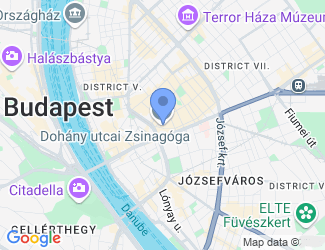
![]()
Rumbach Street Synagogue (350 m)
Kazinczy Street Synagogue (500 m)
Millenium Underground Museum (500 m)
Millennium Underground Railway (500 m)
Hungarian National Museum (600m)
Váci street (800m)
Ráday Street (900 m)
St. Stephen’s Basilica (1100 m)
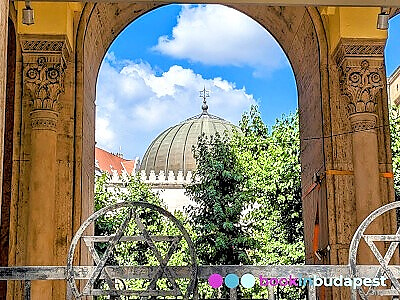
![]()
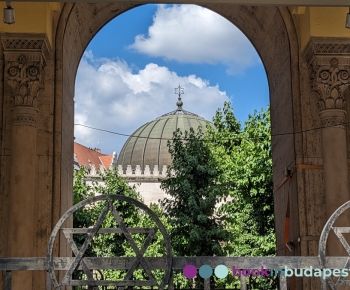
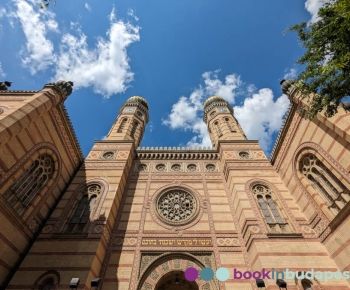
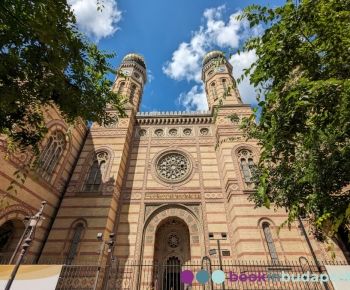
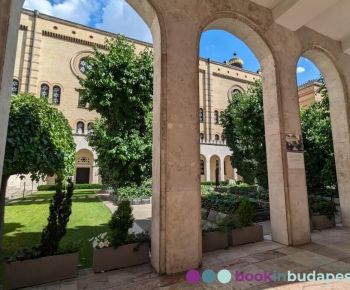
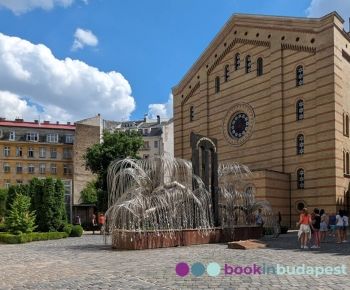
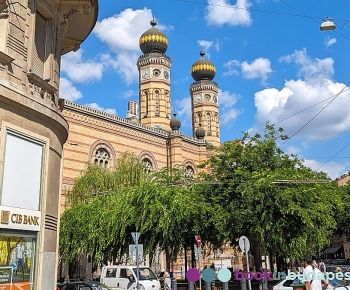
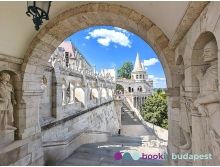
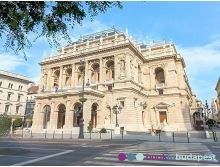
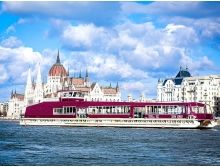


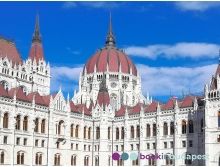
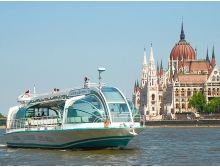
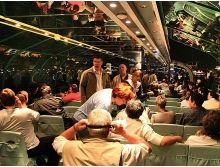
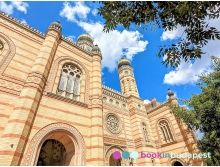
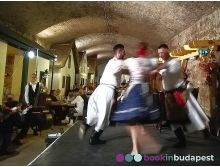

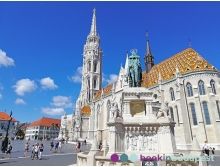
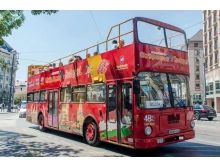
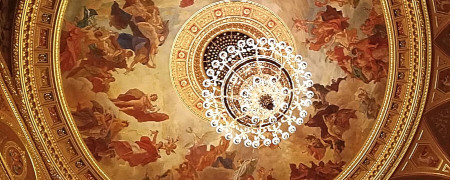 OPERA TOUR BUDAPEST
OPERA TOUR BUDAPEST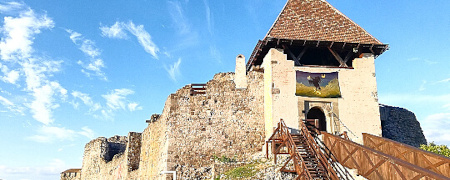 DANUBE BEND TOUR
DANUBE BEND TOUR DINNER CRUISE
DINNER CRUISE DINNER CRUISE & SZÉCHENYI BATH
DINNER CRUISE & SZÉCHENYI BATH TOP BUDAPEST
TOP BUDAPEST COCKTAIL CRUISE
COCKTAIL CRUISE